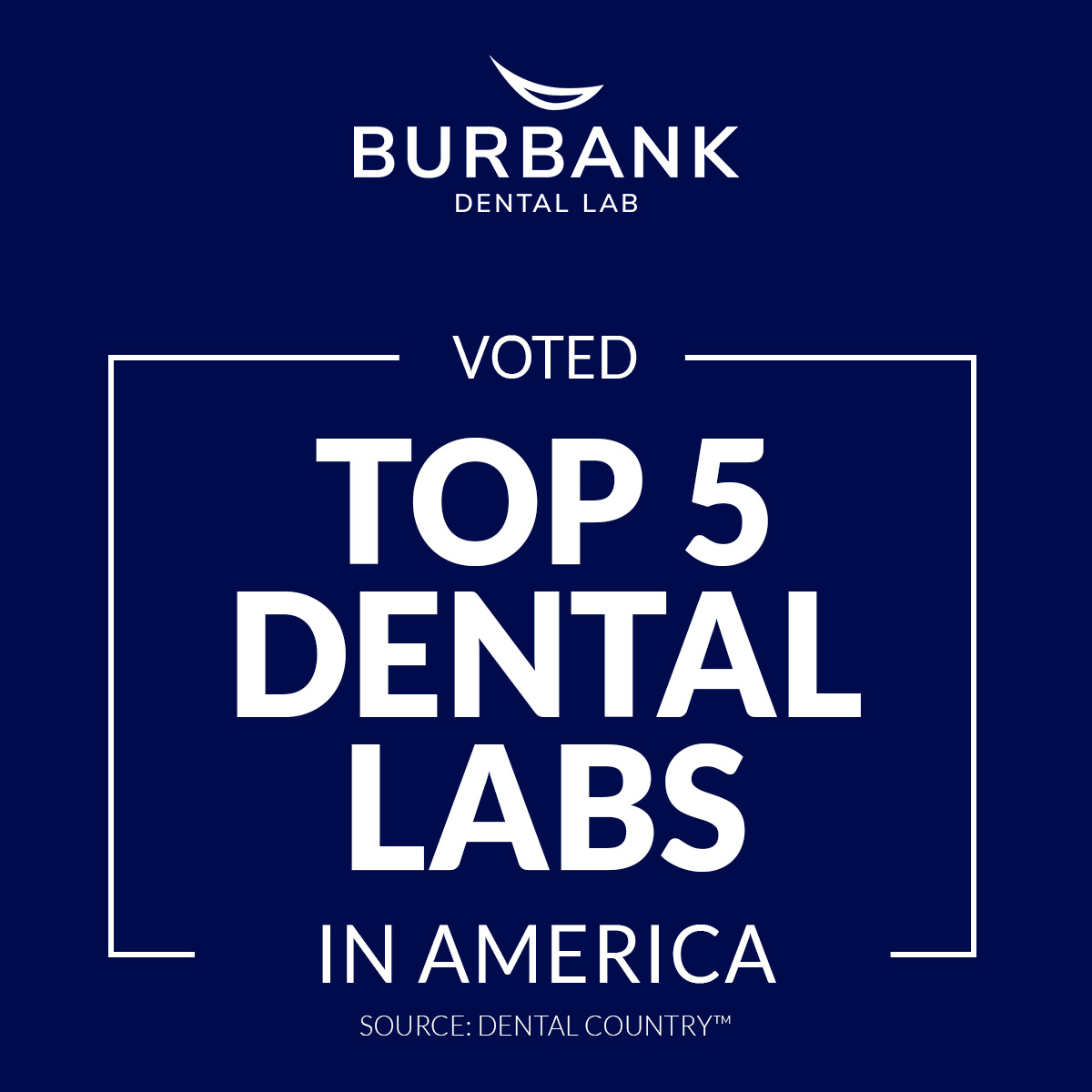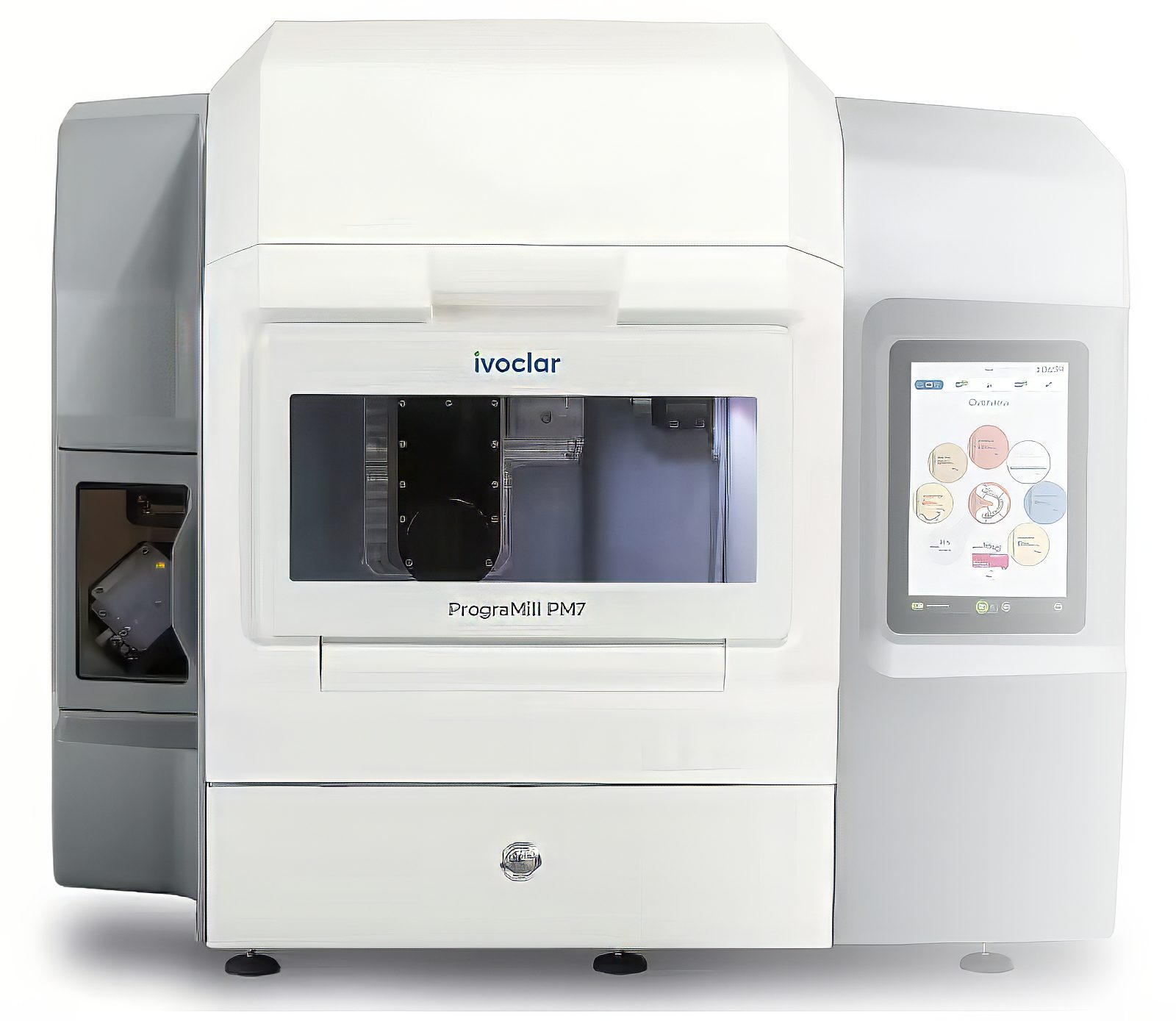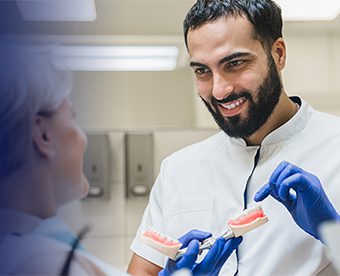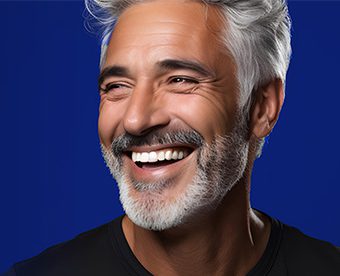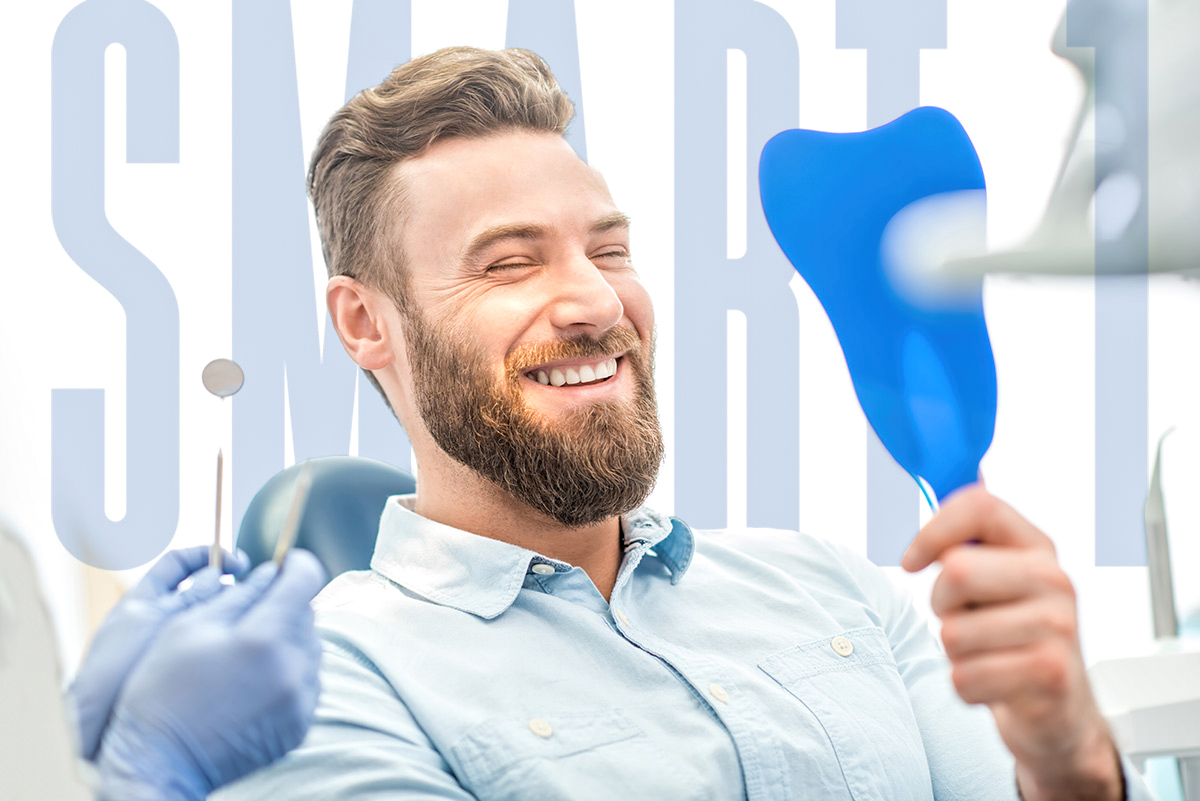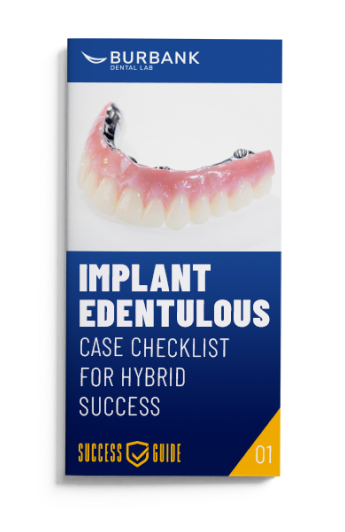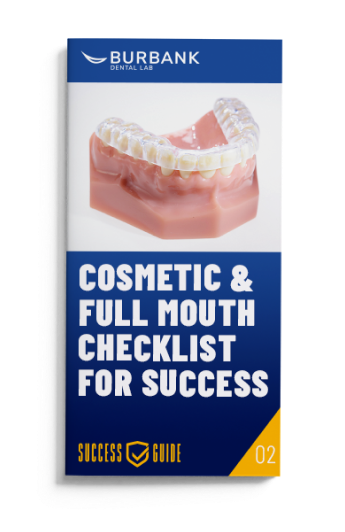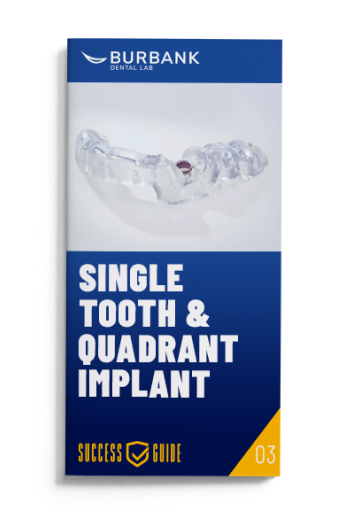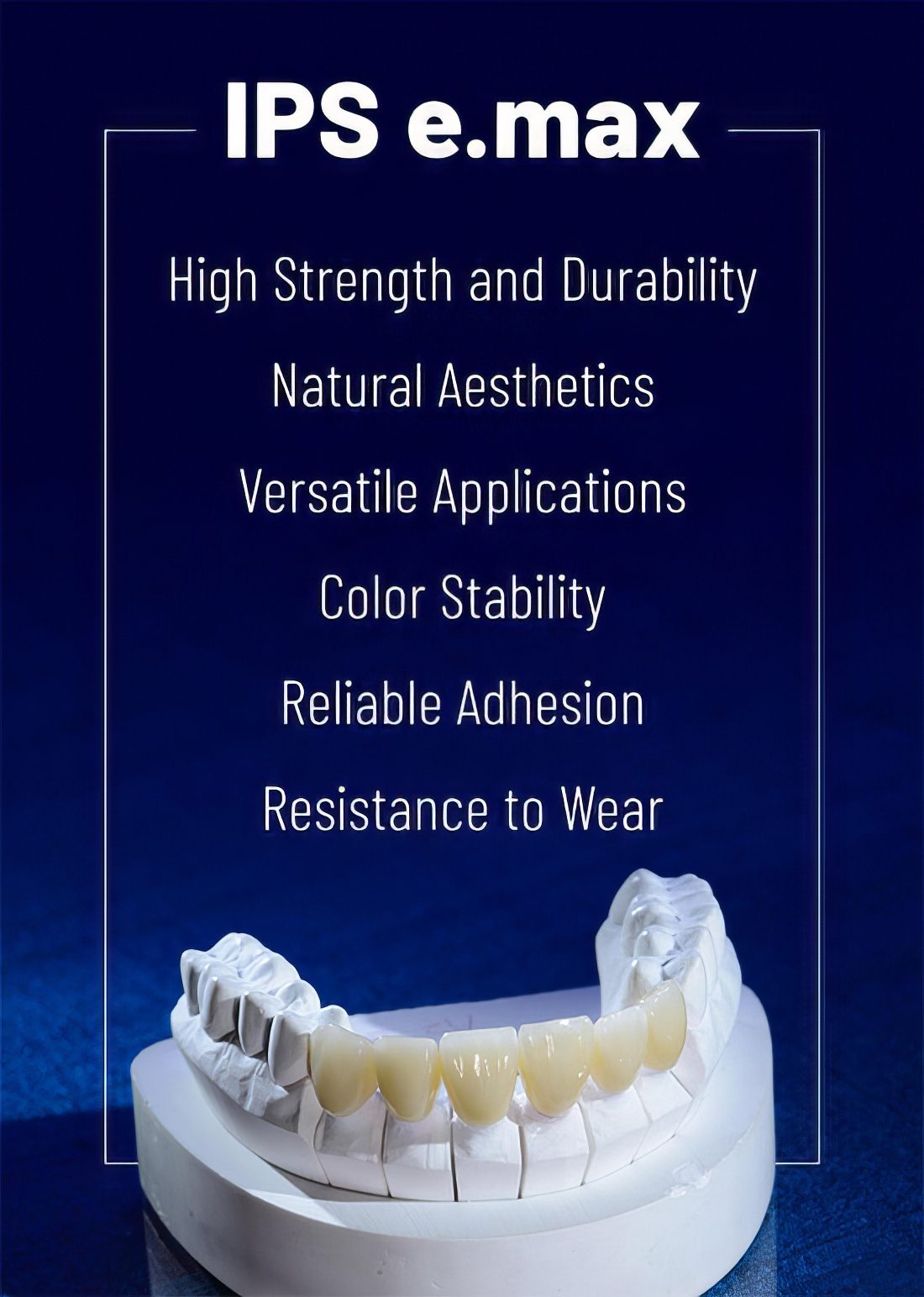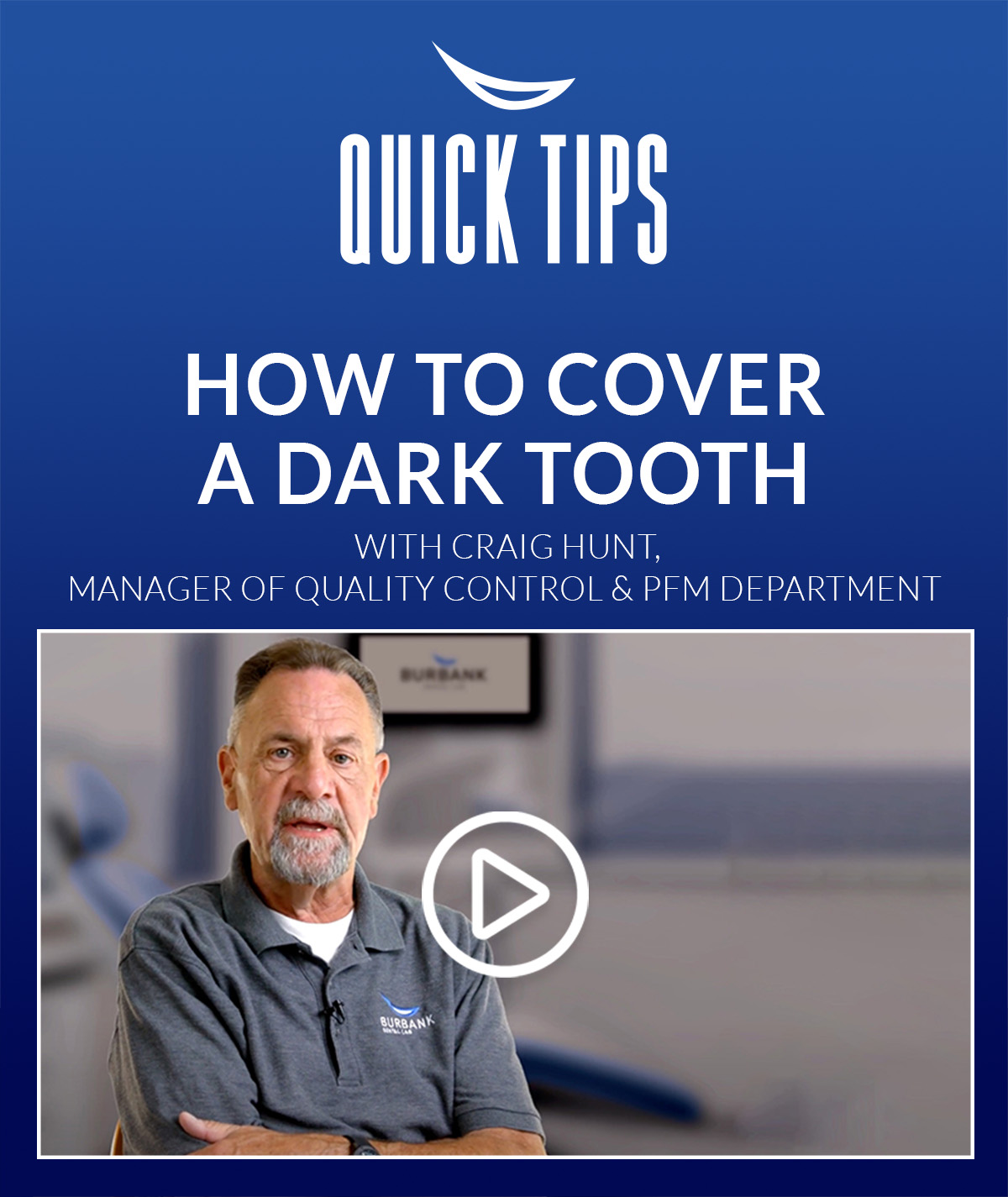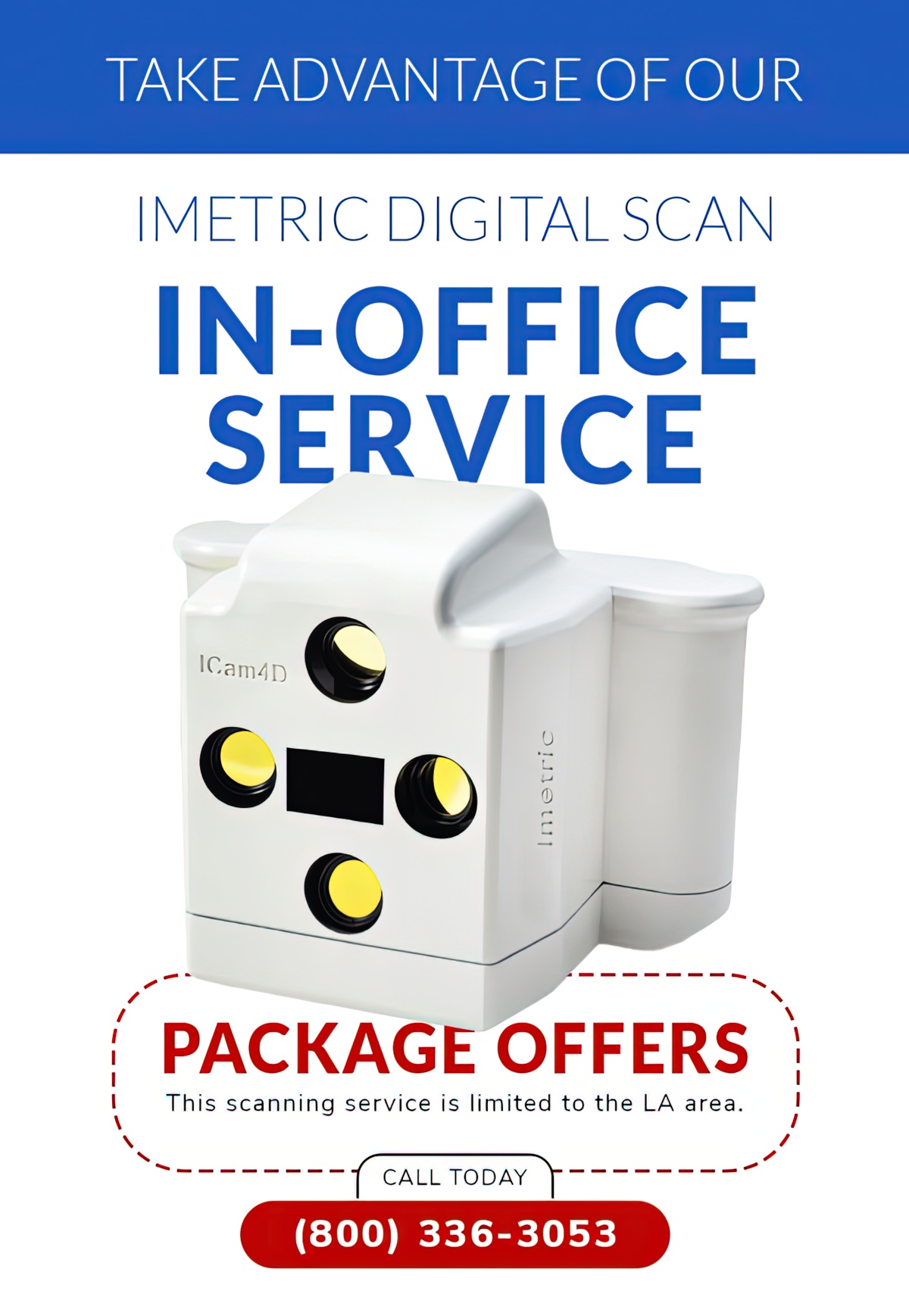Complex dental cases require proper treatment planning to ensure a successful outcome. These cases must consider the patient’s concerns and desired result as a starting point and then create a treatment plan that will serve the patient in terms of esthetics, longevity, and function. Through this set of criteria, the patient can be educated on each option and its limiters before the case begins. This will help build trust and manage the patient’s overall expectations.
Patient Concerns
The first step in treating a complex case is listening to the patient’s concerns. Often, patients seek out dental treatment to alleviate pain and discomfort, but another common reason is esthetics. Understanding the patient’s needs is critical to building a treatment plan that will satisfy their biggest concerns. Often, there are considerations that the patient is not aware of that will be vital in providing the patient with optimal care.
The following case, which was challenging in its complexity, came to Burbank Dental Lab from Dr. Jeff Muszynski.
Dr. Muszynski indicated that the patient’s biggest concern was to eliminate a partial denture that was currently replacing tooth #9 and improve the overall esthetics of his smile.
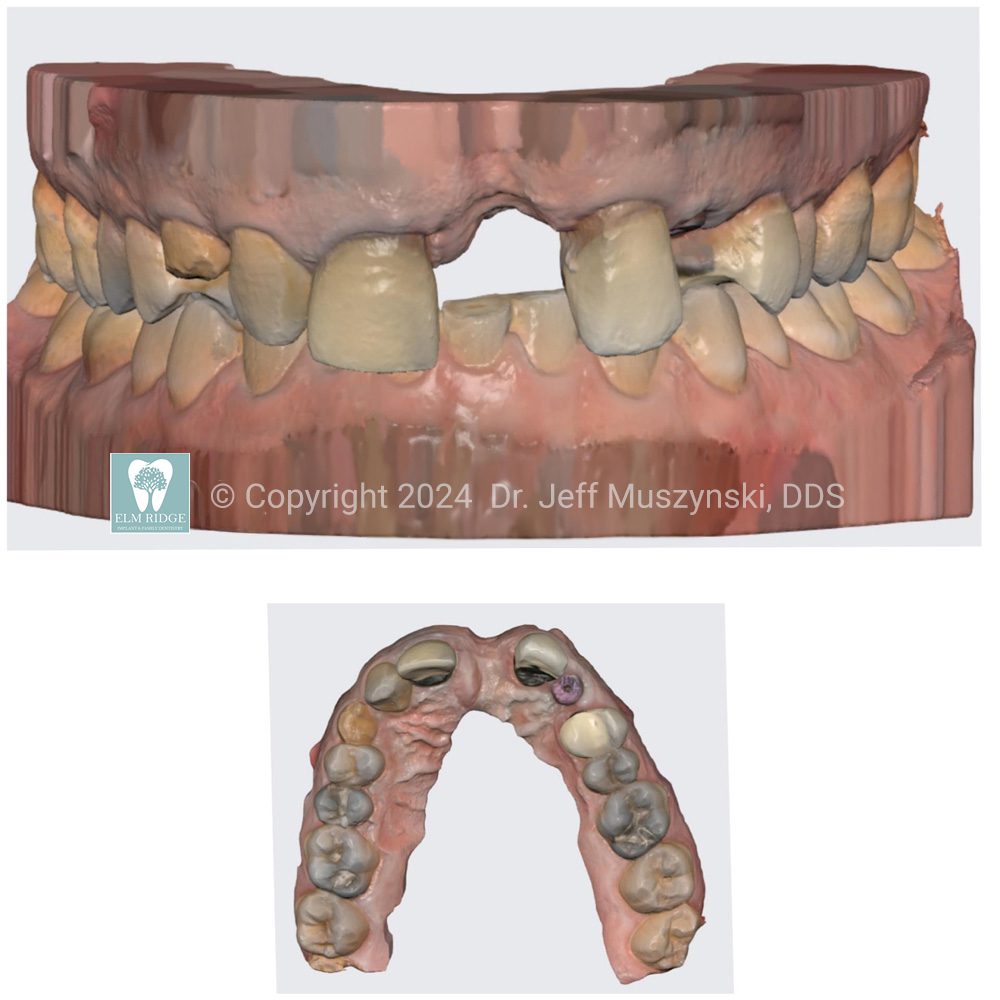
Diagnosis
Dr. Muszynski provided an assessment of the patient’s oral condition. As noted above, the patient is missing tooth #9, and the patient wears a partial denture to remedy his tooth loss. While partial dentures have a place in dentistry, they do not function as well as an implant or bridge. They can cause trauma to gums and abutment teeth and contribute to bone loss.
The patient was evaluated for an implant restoration on #9, but it was later determined that he had insufficient bone to support an implant in this area. In addition, the patient indicated that he did not want to go through bone grafting, which eliminated the possibility of an implant at this site.
Other factors in this patient’s current situation included the following.
FREE TO DOWNLOAD – SUCCESS GUIDES
DOWNLOAD A GUIDE
Treatment Plan
After proper evaluation, the patient was determined to have enough bone for an implant placement on tooth #11. The doctor discussed the gingival height/tooth length discrepancy that would be present on the central.
The patient indicated that he felt his lip line was low enough that this discrepancy wouldn’t show. Therefore, he elected not to do any crown lengthening. The implant was placed using a Blue Sky Bio Max NP implant. It was restored with a screw-retained zirconia crown.
The primary tooth C was a solid, very short tooth. It was restored with a layered e.max restoration. The primary reason to restore with e.max is that it can be bonded to the natural tooth. Since this preparation had no retention, it needed a bondable restoration to improve its retention and strength.
The plan also included making tooth #6 look like a lateral since it was in the lateral position. The bridge on 10-12 was sectioned to allow the original crown on tooth #12 to remain intact (see the image below).
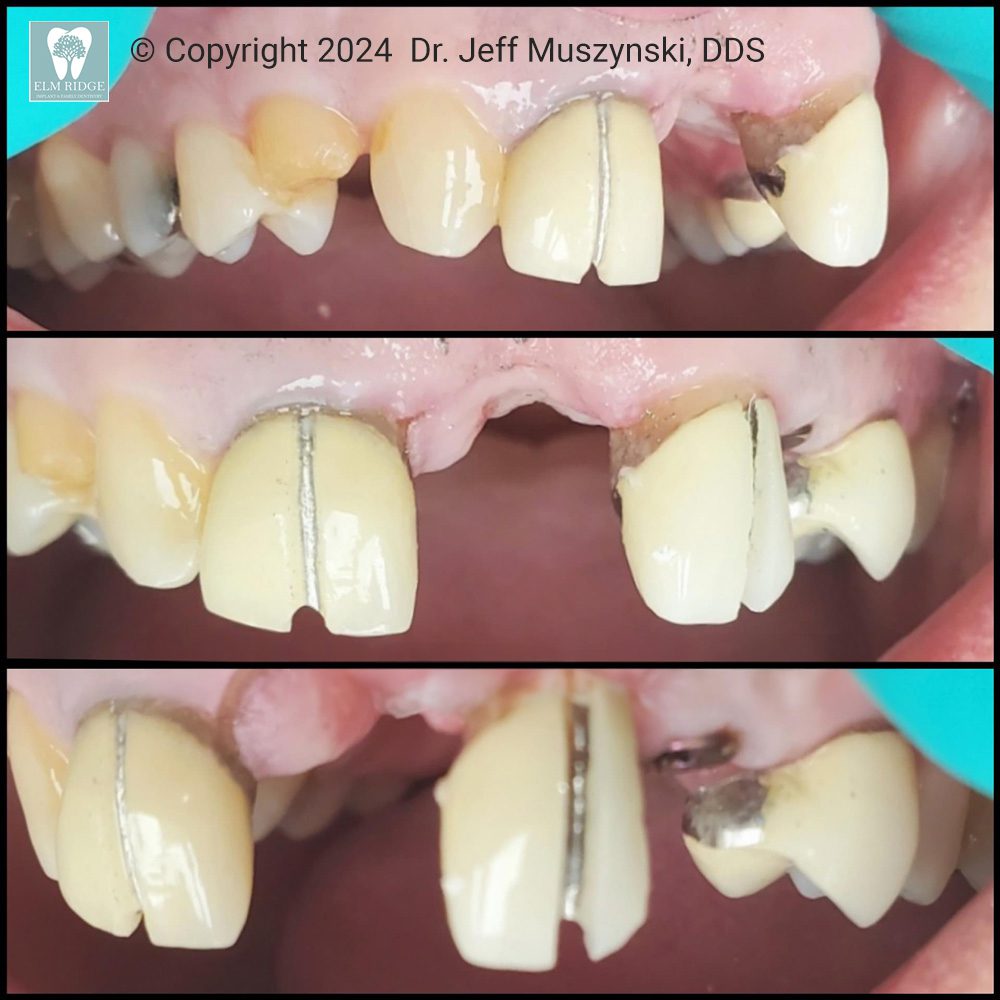
A bridge was then designed to restore teeth numbers 8-10. Because tooth number 8 had a dark underlying shade, it was determined that this part of the case should be restored using a zirconia framework with layered porcelain. Zirconia can mask out severely dark shades and was a great option to mask out this dark stump shade.
In addition to the ability to mask out the underlying color, the zirconia restorations are twice as strong as e.max restorations and are an excellent option for bridges. Then porcelain was layered over the framework to match the color and characteristics of the e.max restorations.
Ordinarily, it is best to restore cases using the same materials to get the best match. However, the best option is to understand the benefits of each material and use them to achieve optimal results. The key is to have ceramists, like those on the Smiles by Design team at Burbank Dental Lab, who understand the art of layering porcelain to match differing materials flawlessly.
The final step in the fabrication process at the lab was to check the case for the following:
Overall, harmony between the dental lab and the clinician plays a critical role in achieving successful outcomes (see the image below).
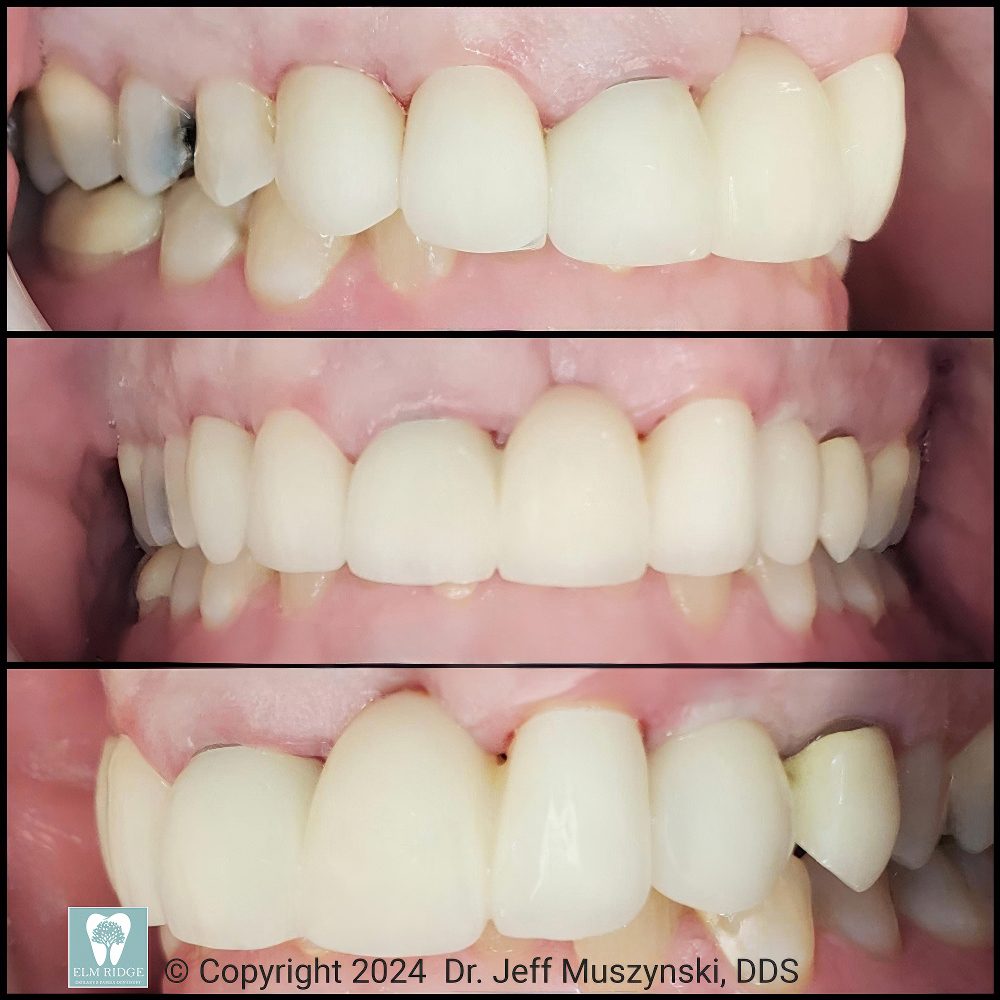
The success of this case must be attributed to the treatment planning and the following:
Treatment Planning & Best Practices
Starting with the patient’s main concerns, a treatment plan can then be developed to address those concerns while ensuring esthetic, function and case longevity are considered in every step.
A patient informed of the options and made part of the planning process will understand the possibilities and limitations of their case. Proper planning will ensure the patient knows what to expect at each process stage (see the image below).

Call us or click the chat button in the bottom right corner for support on your next complex restorative case.
